US declassifies Wuhan Institute of Virology report revealing biosafety lapse
Intelligence declassified by the United States has revealed new information on the operations of the Wuhan institute at the centre of a Covid lab leak theory.
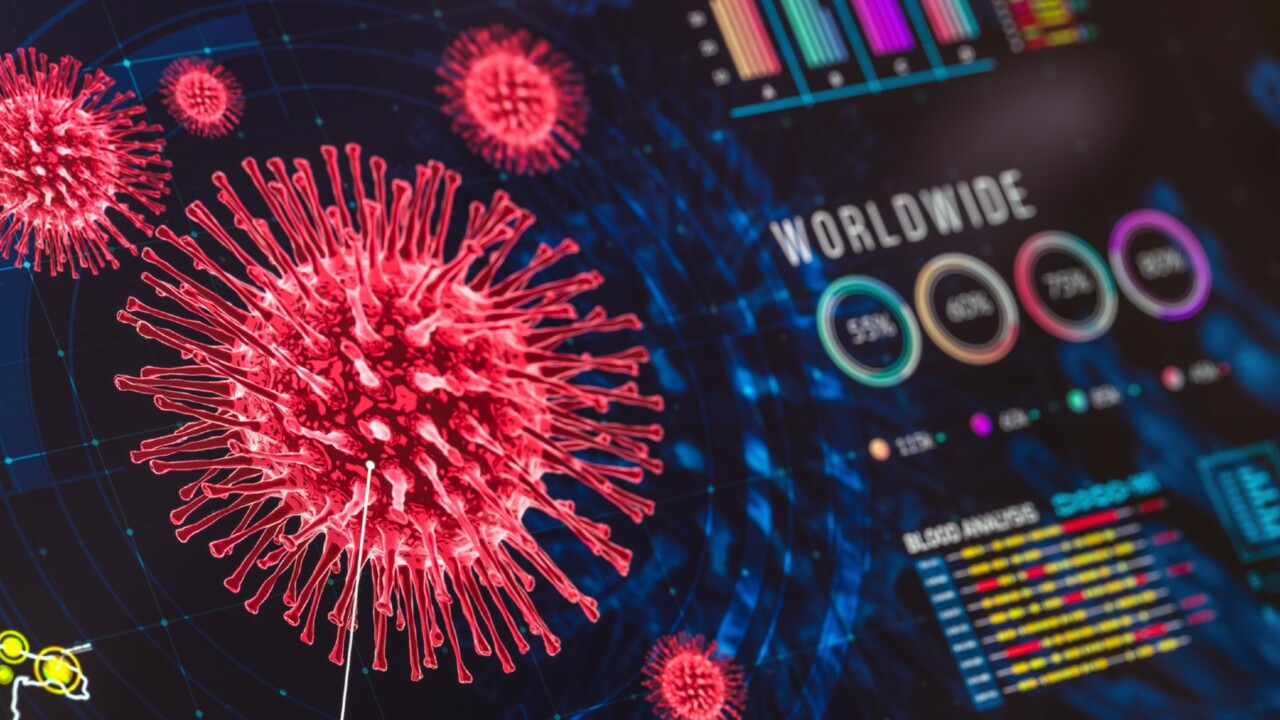
NSW
Don't miss out on the headlines from NSW. Followed categories will be added to My News.
Wuhan Institute of Virology researchers were working on defensive and biosecurity projects for the Chinese military and were not taking adequate biosafety precautions while handling coronaviruses, intelligence declassified by the United States has confirmed.
The intelligence report on the potential links between the Wuhan Institute of Virology and the origin of the pandemic was released by the Office of the Director of National Intelligence late on Friday US-time, when Secretary of State Anthony Blinken’s visit to China had concluded.
The report, which reveals the CIA is unable to determine whether a lab-leak or natural contact with an infected animal spawned the pandemic, was published after Congress voted unanimously to declassify the intelligence.
The report is neither astonishing nor new to readers of The Daily Telegraph and the book, What Really Happened in Wuhan, but the findings should silence critics who doubted the Wuhan researchers were experimenting in conjunction with the military using risky genetic engineering techniques on highly-infectious coronaviruses - all the while with lax safety procedures.
The intelligence is divided into three areas; the Wuhan Institute of Virology’s ties to China’s military, the coronavirus research performed at the lab and the researchers who fell ill in the fall of 2019.
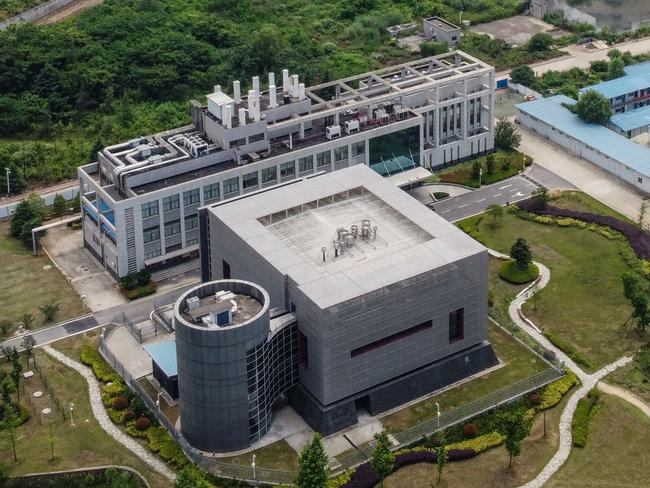
WIV RESEARCHERS WHO FELL ILL IN 2019

The declassified intelligence confirms The Daily Telegraph’s global exclusive, dated May 11 2020, detailing how the China’s People’s Liberation Army was involved in scientific research at the Wuhan Institute of Virology into the origins of coronavirus.
Intelligence also confirms the researchers who fell sick had been conducting research into animal respiratory viruses, but one agency said “we are unable to confirm if any of them handled live viruses in the work they performed prior to falling ill.”
Another unnamed agency cautioned that the symptoms “could have been caused by a number of diseases and some of the symptoms were not consistent with Covid-19” and one researcher may have been hospitalised in this time frame for treatment of a non-respiratory medical condition.
TIES TO THE MILITARY
The declassified intelligence states that Wuhan Institute of Virology staff have worked with People’s Liberation Army scientists on coronaviruses, vaccines and for “defensive and biosecurity needs of the military.”
“Information available to the IC indicates that some of the research conducted by the PLA and WIV included work with several viruses, including coronaviruses, but no known viruses that could plausibly be a progenitor of SARS-Cov-2.”
While the intelligence said there was no “known” progenitor to SARS-Cov-2 at the Wuhan Institute of Virology, it’s important to note the laboratory first took steps to delete its virus database in September 2019.
Military ties to the Wuhan Institute of Virology was first reported by The Daily Telegraph in May 2020 and then The Australian throughout 2021 in a series of investigative reports.
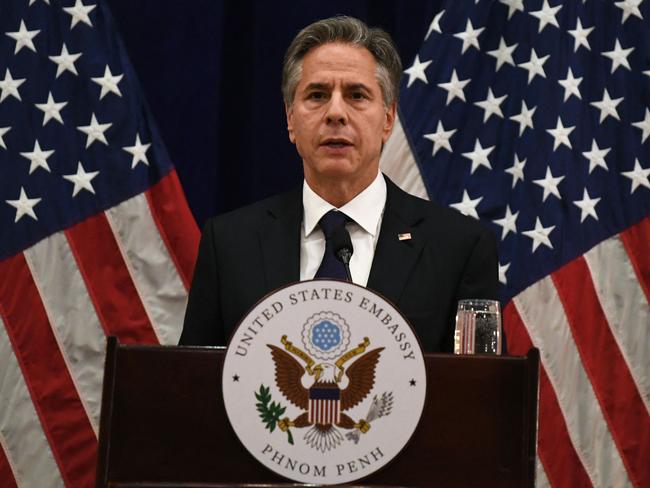
CORONAVIRUS RESEARCH PERFORMED AT THE LAB
Prior to the pandemic, Wuhan scientists were conducting “extensive research on coronaviruses, which included animal sampling and genetic analysis”, the report states.
Wuhan researchers have genetically engineered viruses, have created chimeras or combinations of SARS-like coronaviruses through genetic engineering and reverse-cloning techniques, it confirms.
This casts doubt on the claims of the President’s former top coronavirus adviser, Anthony Fauci, that the US was not funding gain-of-function research at the Wuhan Institute of Virology.
In 2019, there were “distinct teams” at the Wuhan Institute of Virology focusing on MERS and SARS-related coronaviruses and both used transgenic mouse models - this means injecting mice with genes to ‘humanise’ it to test whether viruses will infect humans.
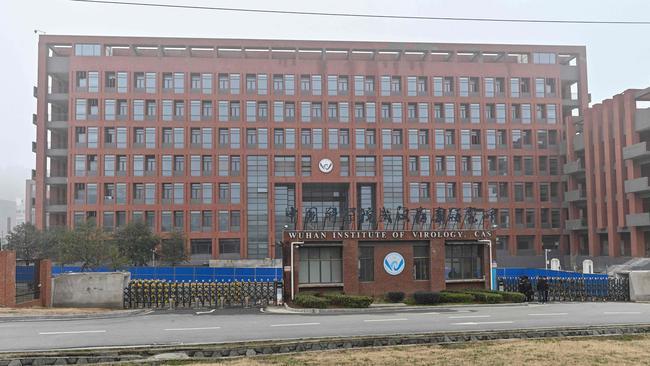
POOR SAFETY AT THE LAB
The intelligence confirmed the reporting in “What Really Happened in Wuhan”, published September 2021, that there were serious biosafety concerns at the Wuhan Institute of Virology.
“Some WIV researchers probably did not use adequate biosafety precautions at least some of the time prior to the pandemic in handling SARS-like coronaviruses, increasing the risk of accidental exposure to viruses,” one intel agency states.
Another agency noted there was a “shortage of appropriately trained personnel”, while intelligence also pointed to ageing equipment, a need for additional disinfectant equipment and improvements to ventilation systems.
WIV researchers also performed SARS-like coronavirus experiments in lower-security BSL-2 laboratories, as News Corp revealed two years ago, “despite acknowledgements going back to 2017 of these virus’ ability to directly infect humans through their spike protein and early 2019 warnings of the danger of this practice.”
The intelligence also reveals that right before the pandemic, in the fall of 2019, the Wuhan researchers planned to conduct analysis of epidemic viruses from pangolin samples and there were suggestions they “sought to isolate live viruses”.
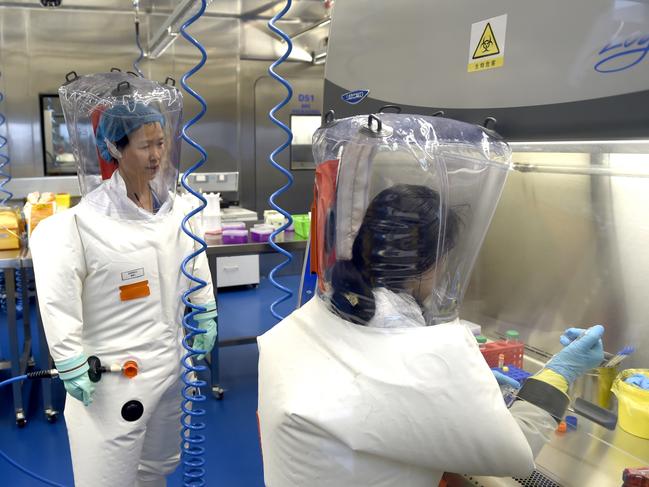
AGENCY VIEWS
While the report did not address the “merits of the two most likely pandemic origins hypotheses,” it does state that the Department of Energy and the FBI “assess that a laboratory-associated incident was the most likely cause of the first human infection with SARS-Cov-2, although for different reasons.” The reasons are not explained.
The CIA and another unnamed intel agency “remain unable to determine the precise origin of the Covid-19 pandemic, as both hypotheses rely on significant assumptions or face challenges with conflicting reporting”.
And the National Intelligence Council and four other agencies find the pandemic “most likely was caused by natural exposure to an infected animal.”
The agencies have conflicting views on whether SARS-CoV-2 was laboratory-adapted but all assess that it was not developed as a biological weapon.
More Coverage
Originally published as US declassifies Wuhan Institute of Virology report revealing biosafety lapse





